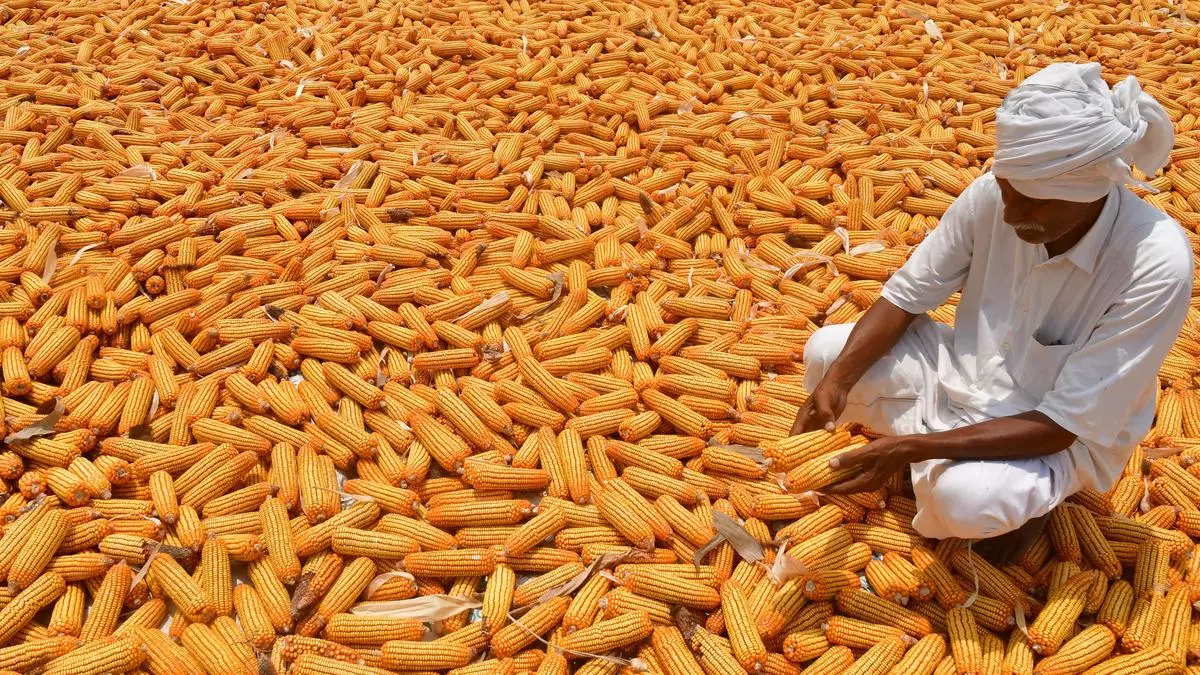India’s escalating appetite for maize necessitates an understanding of the dynamics of its production, supply chain, and its significance in the animal feed industry.
Rising Demand for Maize
India, boasting the world’s largest cattle population, also ranks as the fifth largest egg producer, yielding over 40 billion eggs annually. The surge in protein demand, driven by increasing population and income levels, fuels the need for a quality feed alternative to traditional low-yield cattle feed options. The rapid expansion of the cattle feed industry, growing at a CAGR of over 30%, intensifies the demand for maize, propelling its consumption upwards.
But Why Maize?
Maize ranks as India’s third most important crop after rice and wheat, yielding over 22 million tons annually. Its attributes – high energy, low fiber, and essential nutrients – make it the preferred energy cereal in poultry feed formulations. Its substantial inclusion in poultry diets ensures the high protein requirements of poultry, highlighting its indispensable role in the industry. The large availability of the crop, its production across multiple seasons throughout the year, and its useful attributes have been pivotal in diverting over 63% of maize produced each year to over 300 animal feed units in India.
Production Belts & Mitigating Lean Seasons
Maize production thrives in key regions such as MP, Bihar, UP, and Karnataka during seasons spanning late April to June, October to November, and February. Hence, to sustain operations during lean seasons, plants must stockpile maize in silos, emphasizing the importance of strategic planning and inventory management to ensure the availability of poultry feed.
The Maize Supply Chain
Unlike rice, maize is directly sourced from ‘Mandis’, with brokers playing a pivotal role in setting mandi rates. Traders and aggregators add value by facilitating the transport of maize to poultry feed plants, ensuring a seamless supply chain flow.
Poshn’s Value Addition
The nature of the business necessitates plants to procure more raw materials during buying seasons. This leads to longer payment cycles for traders, disrupting cash flows and causing irregular supplies. Poshn addresses this issue by ensuring prompt payments and providing trade credit to traders, empowering them financially, broadening market access, fostering growth, and enhancing the ecosystem.
Conclusion
Understanding maize’s production, supply chain, and value addition is vital as demand surges. Poshn’s efforts in streamlining the maize supply chain underscore its commitment to economic empowerment and meeting the escalating demand for maize in India’s thriving poultry and cattle feed industry.

